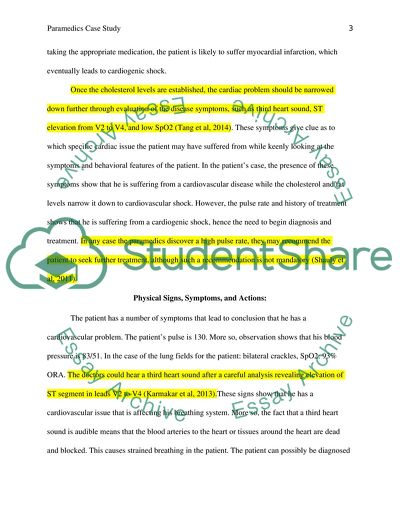Cite this document
(Systematic Assessment of the Patient and History in Prehospital Case Study, n.d.)
Systematic Assessment of the Patient and History in Prehospital Case Study. https://studentshare.org/health-sciences-medicine/1868800-choose-a-patient-case-where-the-clinical-presentation-was-cardiovascular-illnessdisease-paramedics-area
Systematic Assessment of the Patient and History in Prehospital Case Study. https://studentshare.org/health-sciences-medicine/1868800-choose-a-patient-case-where-the-clinical-presentation-was-cardiovascular-illnessdisease-paramedics-area
(Systematic Assessment of the Patient and History in Prehospital Case Study)
Systematic Assessment of the Patient and History in Prehospital Case Study. https://studentshare.org/health-sciences-medicine/1868800-choose-a-patient-case-where-the-clinical-presentation-was-cardiovascular-illnessdisease-paramedics-area.
Systematic Assessment of the Patient and History in Prehospital Case Study. https://studentshare.org/health-sciences-medicine/1868800-choose-a-patient-case-where-the-clinical-presentation-was-cardiovascular-illnessdisease-paramedics-area.
“Systematic Assessment of the Patient and History in Prehospital Case Study”. https://studentshare.org/health-sciences-medicine/1868800-choose-a-patient-case-where-the-clinical-presentation-was-cardiovascular-illnessdisease-paramedics-area.


